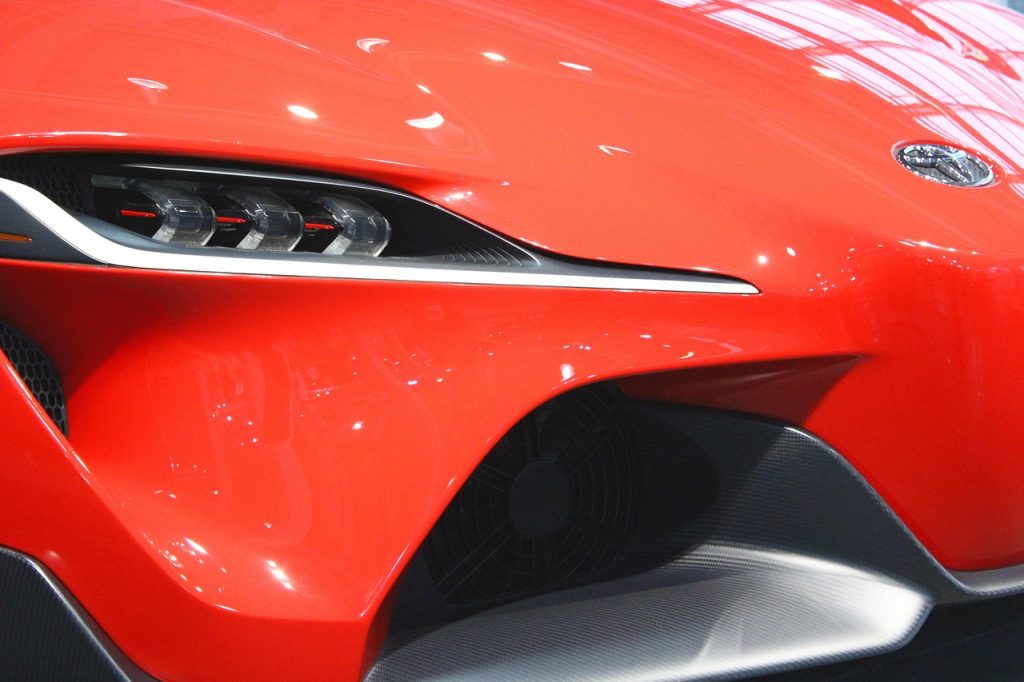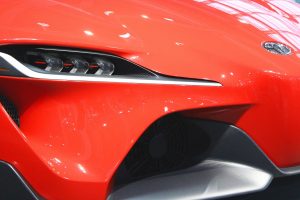After spending several months with the Toyota Land Cruiser, I expected to reach a definitive conclusion about it – a firm stance on where it excels, where it fails, and how it fits into the modern world. Yet now that the vehicle has gone, my thoughts remain surprisingly conflicted. There were elements I appreciated, others I found frustrating, and the sense of novelty that initially accompanied this old-school off-roader soon wore thin.
As someone who lives in a city and commutes primarily via motorways, the idea of driving a bulky, diesel-thirsty SUV with permanent four-wheel drive wasn’t exactly appealing. Add to that its design – which has changed little in the past 20 years – and you’ll understand why I was sceptical from the outset.
However, the purpose of this long-term test was never to state the obvious: that a rugged, traditional 4×4 isn’t at home in an urban environment. Instead, it aimed to examine whether so-called “progress” in automotive design has truly benefited drivers – and whether, perhaps, we have lost something valuable along the way.
Let’s be clear: when it comes to on-road driving, particularly in the SUV segment, we have indeed moved forward. Despite the common criticisms aimed at modern SUVs, the Land Cruiser’s on-road behaviour leaves much to be desired.
Its driving dynamics reflect its old-fashioned construction – a body-on-frame layout combined with a high centre of gravity, permanent four-wheel drive, and a 2.8-litre four-cylinder diesel engine that felt underwhelming even on its own, let alone when compared to something like the straight-six Land Rover Defender. That vehicle, which shares a similar ethos but was launched a decade later, offers a vastly more refined experience.
The Land Cruiser’s ride quality was simultaneously floaty and jittery. Its handling felt vague, and the diesel engine was gruff and unrefined. Fuel economy was so persistently poor – especially for a diesel – that it had a genuine impact on my lifestyle. A simple pint at the local pub began to feel like a rare indulgence.
That said, the Land Cruiser’s shortcomings on the road were more than compensated for once the tarmac ended. Its off-road performance was where it truly shone. As someone with no prior off-road driving experience, I enrolled in a session with Surrey 4×4 Tours and Training, where the instructors – both former Land Rover Defender drivers – were visibly impressed by what the Toyota could do.
Thanks to a suite of intelligent off-road assistance systems, the Land Cruiser made light work of terrain that would challenge many purpose-built off-roaders. With the 4×4 mode dialled to low range (4L), the vehicle essentially managed itself – using ABS and clever traction control to guide it safely down steep, muddy slopes and through narrow forest trails. Even after a driver error, like failing to use enough throttle, the vehicle was able to regain momentum without complaint. Remarkably, all of this was achieved on standard all-terrain tyres, rather than more aggressive off-road rubber. For those who live or work in rural areas – farmers, equestrians, or Highland residents – this vehicle would feel like an unstoppable force.
The sense of invincibility extended to the interior, particularly in the high-spec version I tested. The cabin was filled with chunky, durable plastics and traditional manual buttons. There was no glossy touch-sensitive tech here – just straightforward functionality. In many ways, this simplicity felt refreshing and robust, and it’s a lesson some modern manufacturers might do well to revisit.
The leather seats were also a pleasant touch, although I wouldn’t recommend the ivory colour scheme – better suited to Dubai than Devon. However, comfort levels were high, and the seats provided a cushioned, supportive ride that contrasted favourably with the suspension’s shortcomings. A particularly nice surprise was the built-in fridge located in the centre console – ideal for keeping water bottles cool during long journeys.
Then there’s the infotainment system. While far from cutting-edge, it stood in sharp contrast to the more modern systems found in vehicles like the Defender. Ideally, future models would take the best from both worlds: the Land Cruiser’s rugged, practical features and compact dimensions, paired with faster, more user-friendly software and higher-quality displays.
In summary, living with the Toyota Land Cruiser was a mixed experience. On the road, it felt outdated and inefficient, clearly overshadowed by more recent competitors. But off the beaten path, it proved itself to be as capable and trustworthy as 4x4s come. Its interior, too, demonstrated that simplicity and durability still have a place in today’s increasingly complex automotive world.
This test wasn’t just about evaluating a car – it was about understanding a philosophy of vehicle design that prioritises resilience over refinement. The Land Cruiser may not suit everyone, and certainly not every environment, but for those who truly need its strengths, it remains a compelling, if slightly nostalgic, option.










More Stories
Mercedes-Benz V-Class: A Refined MPV with Premium Appeal
Audi RS1: The New Compact Powerhouse Set to Challenge Mini John Cooper Works
Ford Kuga 2024: Revamped Design and Hybrid Focus to Meet Market Demands